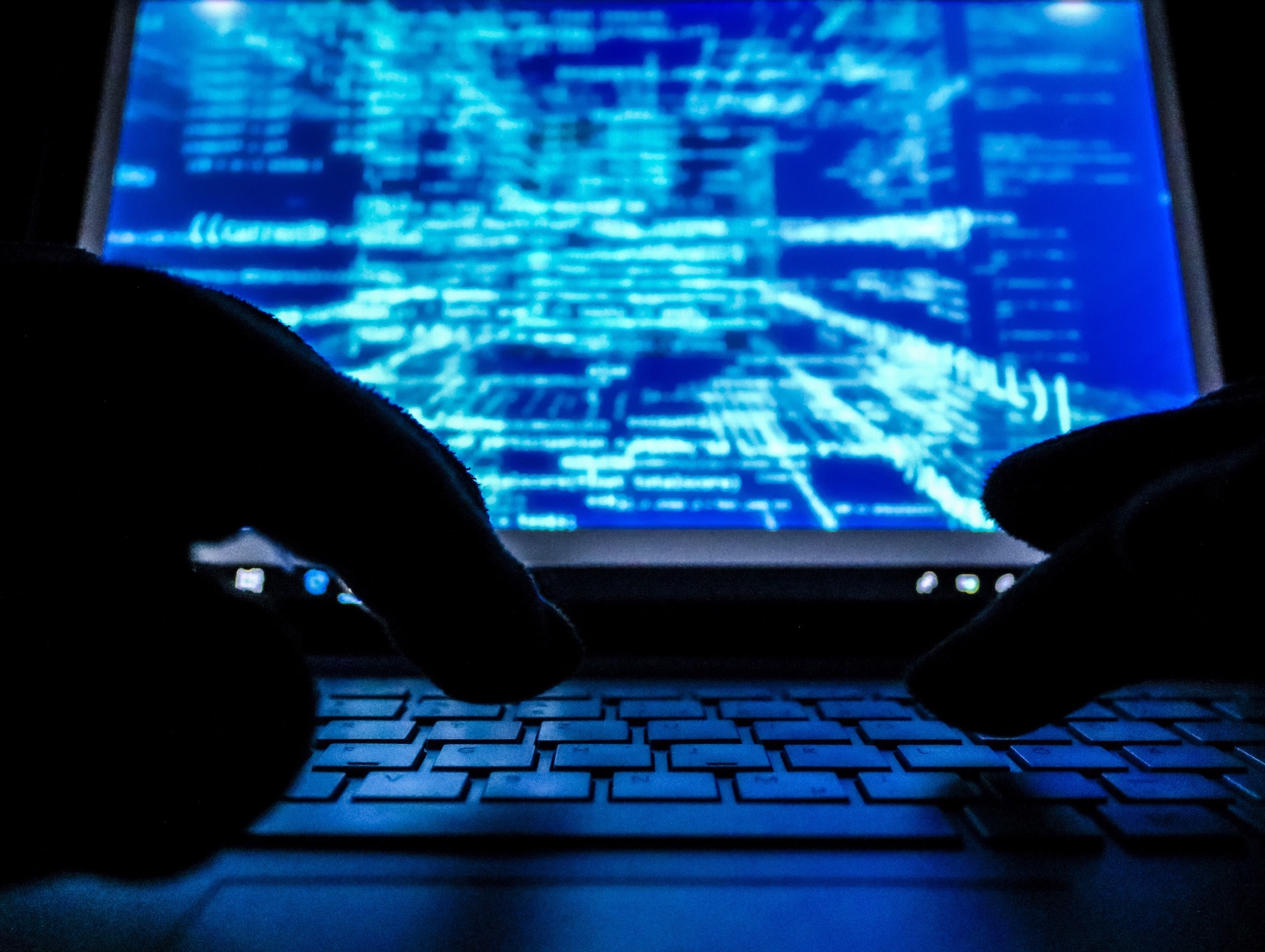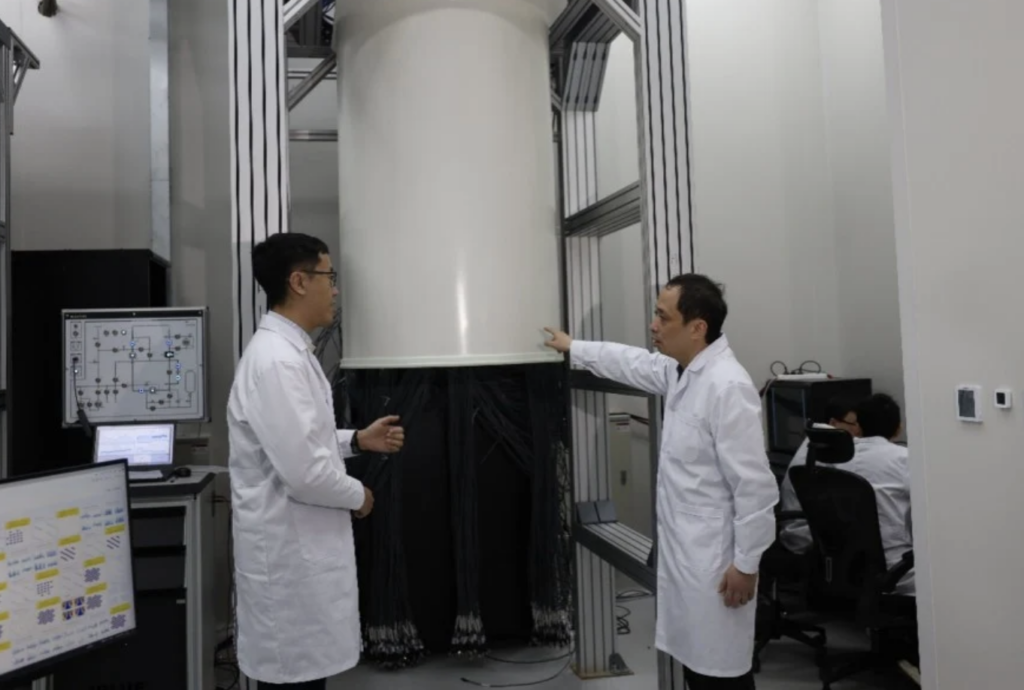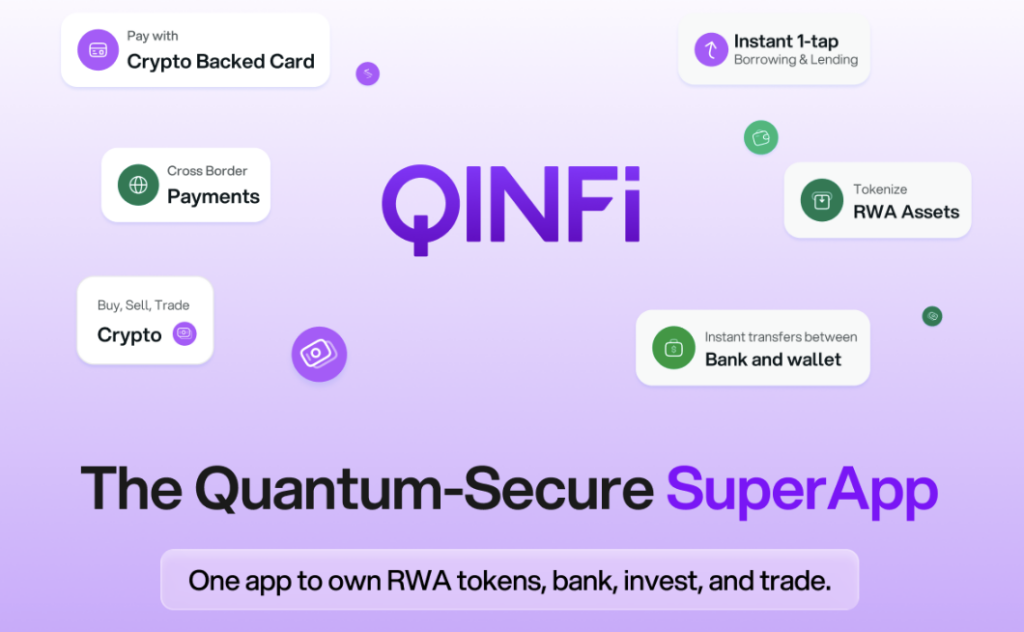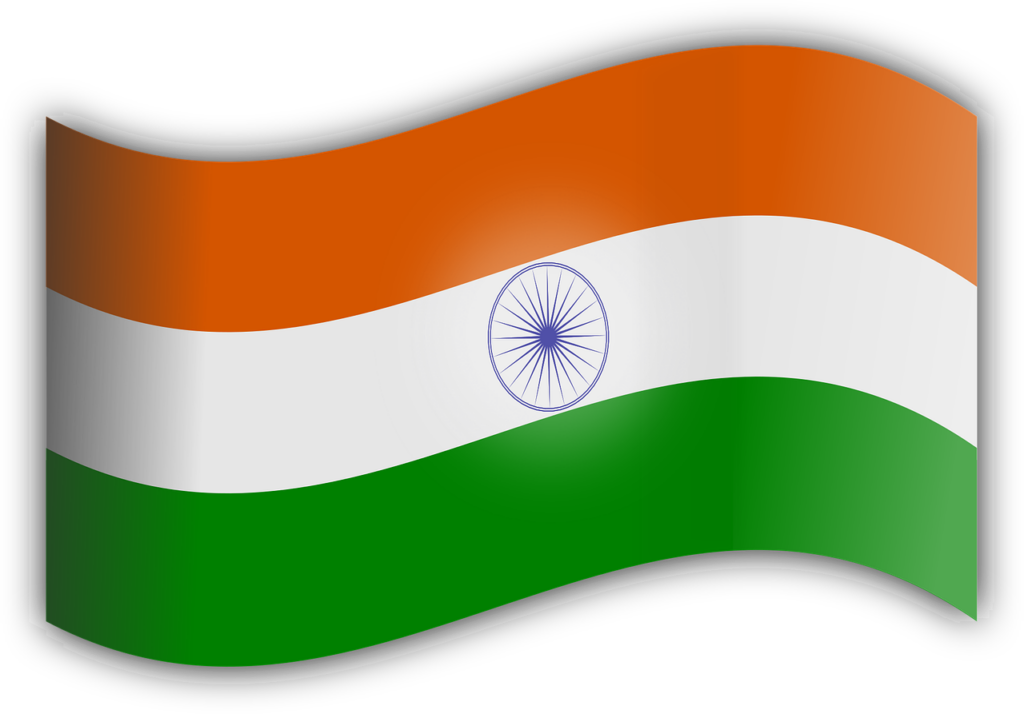The Korea Institute of Science and Technology researchers and their partners say they took another step in commercializing quantum secure networks.
In a news release, the team announced that their research group, the Center for Quantum Information, led by director Sang-Wook Han, demonstrated practical Twin-field Quantum Key Distribution — TF- QKD — network. This is the second experimental demonstration of the TF QKD network in the world after the University of Toronto in Canada, according to the team.
“It is a significant research achievement showing the possibility of solving the two main obstacles to QKD commercialization, and we have gained a key technology leading the corresponding research,” said Sang-Wook Han, the leader of the Center for Quantum Information.
In modern cryptosystems, public and private keys are generated to guarantee security based on computational complexity and use them to encrypt and decrypt information. However, the vast computational power of quantum computers represent a threat to modern public-key systems. Quantum cryptosystems — which use quantum keys — may be able to guarantee security, even against quantum computers, according to the KIST research team.

The team said that quantum key distribution is the most important technology that underpins quantum cryptographic systems. Before these systems become practical, scientists need to address two technical issues: the communication distance, and the the expansion from one-to-one (1:1) communication to one-to-many (1:N) or many-to-many (N:N) network communication. The TF QKD is a long-distance protocol that can increase the communication distance of QKD systems. In TF QKD, two users can distribute a key by transmitting quantum signals to an intermediate third-party for measurement. The architecture allows the users to increase the communication distance. However, the system has been experimentally demonstrated by only a few global QKD groups because it is difficult to implement. Research on the TF QKD network is also insufficient, the researchers report.
The research team proposed a new TF QKD network structure scalable to a two-to-many (2:N) network based on polarization-, time-, and wavelength-division multiplexing. The architecture is based on a star network, according to the team. The quantum signal in a ring structure must pass through every user connected to the ring, however, the star structure only has it go through the center, making it possible to implement a more practical QKD system.
A conventional TF QKD system requires many control systems, such as timing, wavelength, phase and polarization controllers, to maintain the indistinguishability of two quantum signals emitted by two users’ different light sources. In the the architecture KIST research team developed, the middle third-party generates and transmits the initial signals to both users with a single light source, and the signals return to the third-party by making a round trip. The polarization drift due to the birefringence effect of the channel is automatically compensated, so the users have fundamentally the same wavelength. In addition, due to the two signals passing through the same route in opposite directions, the arrival times of the signals are naturally identical. As a result, only a phase controller is required for implementing the research team’s architecture.
Based on the architecture, the team successfully conducted an experimental demonstration of a TF QKD network.
For more market insights, check out our latest quantum computing news here.

















